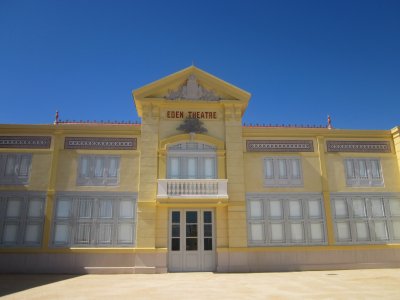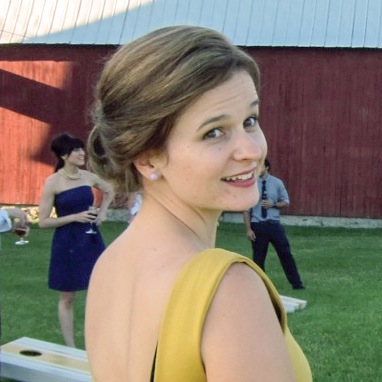World’s Oldest Cinema Reopens
Posted on October 10th, 2013 by Jonah Arellano in Uncategorized | No Comments »
What’s that saying? Speak of the devil, and he’ll appear. If you are a regular reader of this blog—before we continue, if you’re a regular reader, I’d like to thank you for your continued interest—then you’ll recall I wrote about my love of French movies not long ago. Apparently, disclosing my “come for the  nudity, stay for the plot lines” approach to foreign movies as an adolescent must have put French-movie-energies (let’s all pretend that’s a real thing) out into the world, because the world’s oldest cinema is being reopen.
nudity, stay for the plot lines” approach to foreign movies as an adolescent must have put French-movie-energies (let’s all pretend that’s a real thing) out into the world, because the world’s oldest cinema is being reopen.
If you’re planning a trip to France soon and have a love of history, movies, or beautiful areas in the south of France, you may want to stop by. Yes, it may feel strange to forgo the usual tourist packed attractions, but why just stare at history, when you can experience it.
Theguardian.com had this to say:
When the Lumière brothers screened one of their first moving pictures – The Arrival of a Train at La Ciotat Station – at the Eden theatre at the close of the 19th century, it was said that some of those present were so shocked by the life-like images that they leapt from their seats in terror to flee the oncoming steam locomotive.
On Wednesday, more than a century on, these early black-and-white silent films lasting less than a minute were given top billing in the newly renovated Eden, which claims to be the world’s first, and oldest surviving, public cinema.
The historic theatre at La Ciotat, 20 miles east of Marseille, which later played host to Edith Piaf and Yves Montand, has undergone a €6.5m (£5.5m) refurbishment that has more than restored its former glory
Before Hollywood became the worldwide symbol of the movie industry, there was La Ciotat – a small, picturesque town on the Mediterranean that lays claim to being the birthplace of modern cinema.
There were already machines to record moving images when Auguste and Louis Lumière, the sons of a photographer-turned-photographic manufacturer, based in Lyon, came up with their Cinématographe Lumière, a wooden box that could not only take images, but also develop and project them on to a screen.
After patenting their invention, the brothers showed their short films first to an audience of 33 people at the Grand Café in Paris in 1895, then at the Lumière family summer home, a magnificent chateau in La Ciotat, and finally at the local Eden theatre.
The brothers made more than a dozen films around La Ciotat, but also recruited two-man film crews to travel the world making short films with their camera box.
The Eden opened in June 1889 as a theatre and music hall, but also played host to boxing and Greco-Roman wrestling, opera performances and concerts.
It closed in 1982 after its owner was killed by robbers intent on stealing the takings and because of dwindling ticket sales. It continued to open for one week, once a year, to host small film festivals but closed in 1995 and was left to decay.
Local supporters of the theatre continued to fight for it to be given a facelift and reopened, but it was only when Marseille was named European capital of culture for 2013, that the money was found.
Today, the dusty chairs have been replaced by velvet seats, and the grubby carpets by polished oak and black marble floors. The impressive facade, painted yellow ochre and with mosaics, had to be rebuilt over the former listed frontage, which the restorers were not allowed to touch…
Surely, The Eden will soon become a popular pilgrimage spot for aficionados of film wanting to experience cinematic history. Will you be one of them? If you had the chance to watch any movie you wanted in the oldest existing cinema in the world, what would it be?





